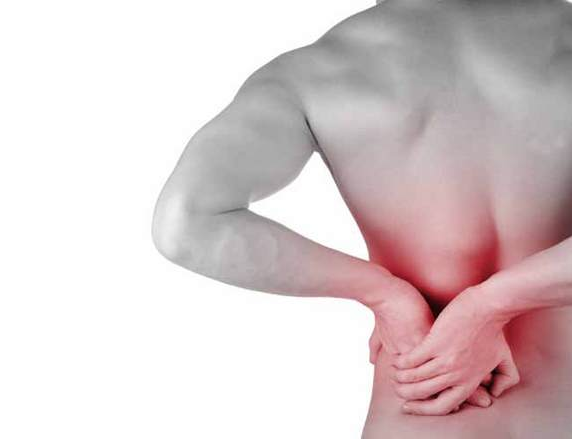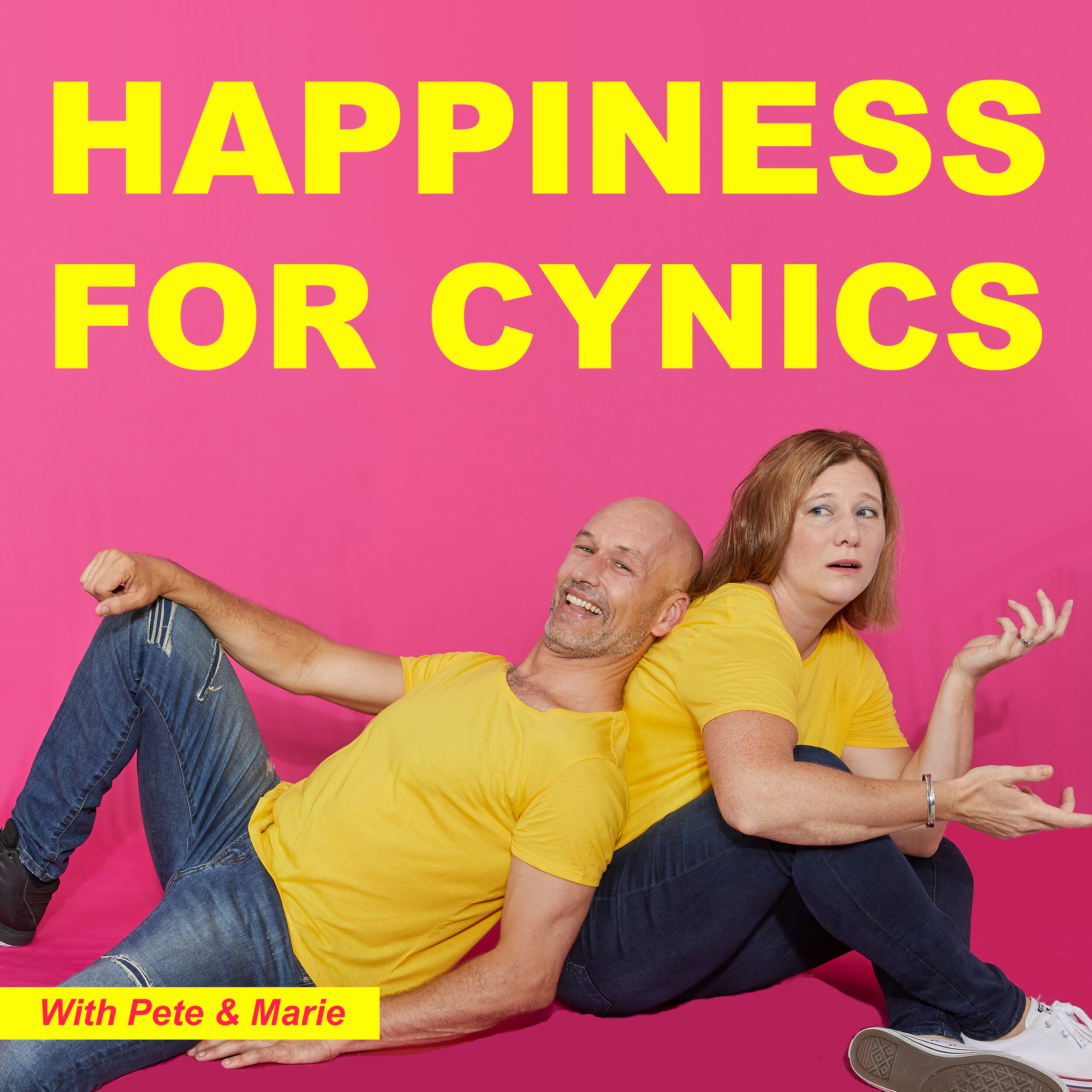often, as a therapist, working along lines of movement that influence the shoulder itself is where we can reinforce efficient and better technique in the movement of the joint and ensure healthy and functional operation. These 'secondary movers' are also advantageous when you are in the middle stage of rehabilitation where acute pain is donwgraded, but functional movement is still restricted. Detailed work here can contribute to effective bio-mechanics of the joint for future pain free movement.
Like a swivelling seat for a gunnery shooter, the scapular must move to provide a base or platform of movement for the arm. This means that wherever the arm moves to, the scapula must move correspondingly to enable a platform or base against which to push. As the arm (humerus) is able to move so widely in such a wide arc of motion, the scapula must be able to move and rotate in a corresponding fashion providing adequate support and enabling efficient, functional biodynamics.
The dreaded word you don't want to hear with shoulder pain is impingement. When citing impingement, I am talking about supraspinatus impingment, (one of the four rotator cuffs) where the tendon becomes caught (or impinged) under the 'acromion process'. This usually results in pain in the anterior (front) aspect of the shoulder and any movement involving raising of the arm, either directly in front of you or to the side, results in acute pain and an inability to hold the arm for any length of time.



